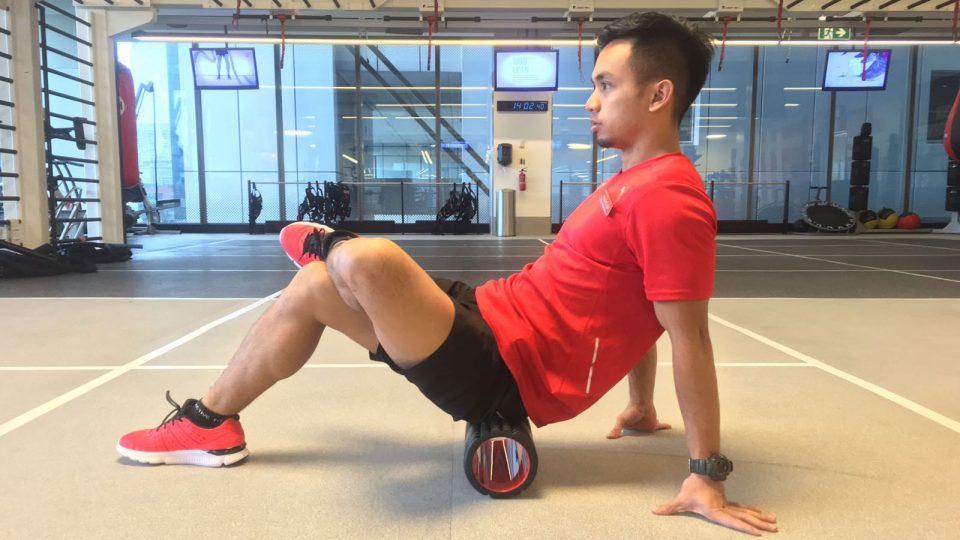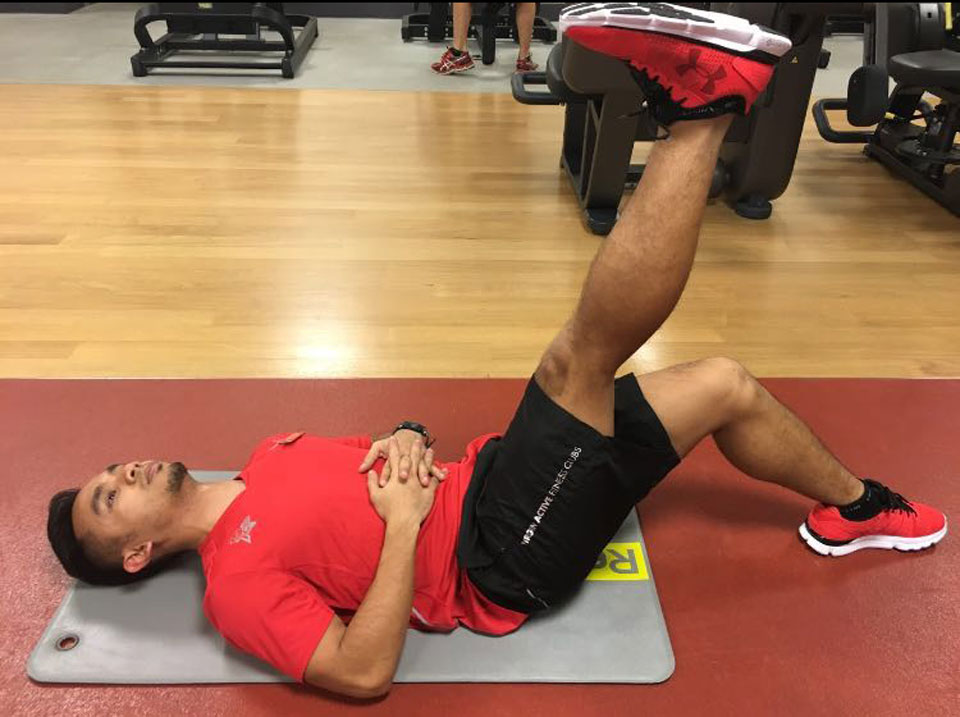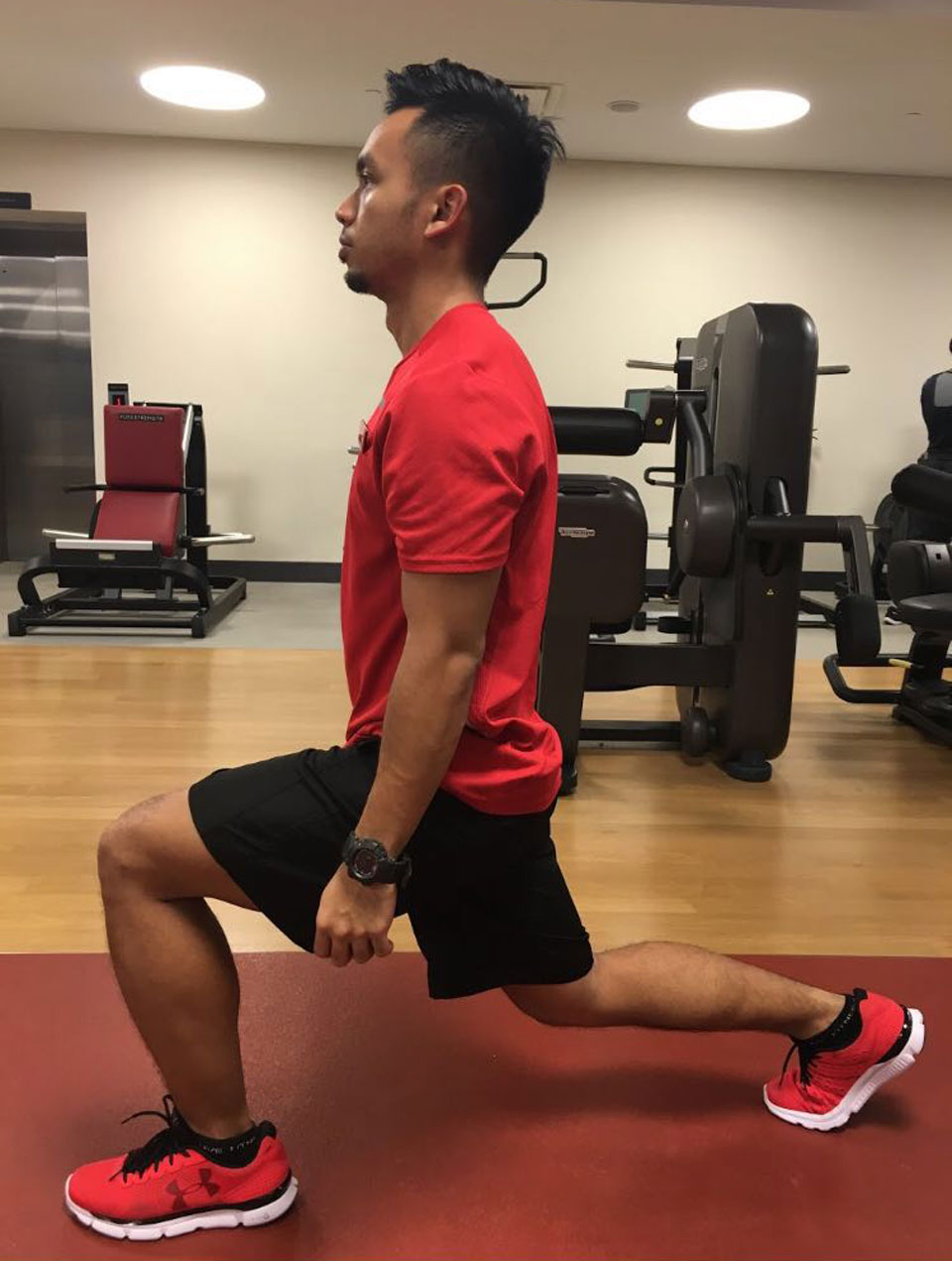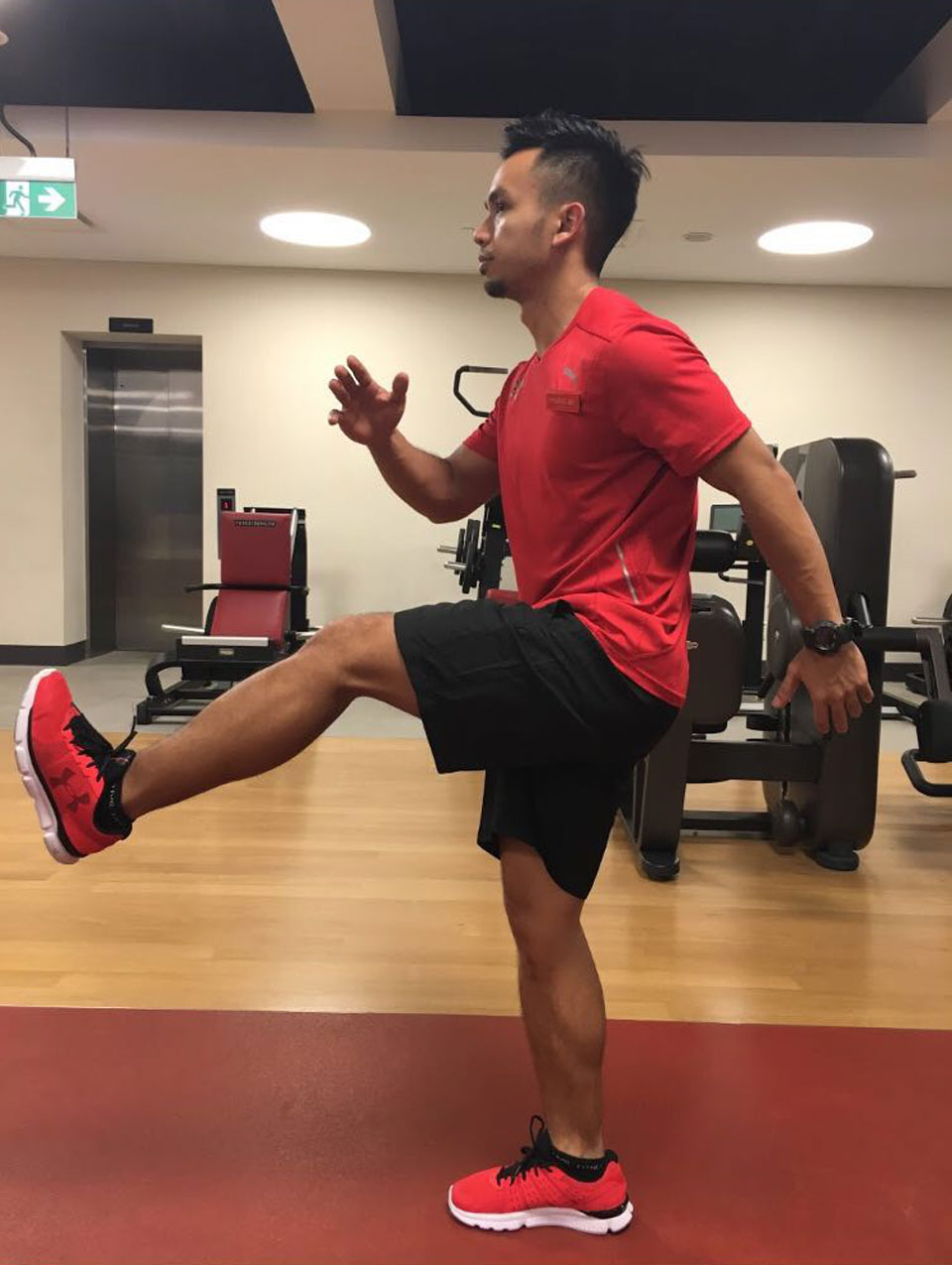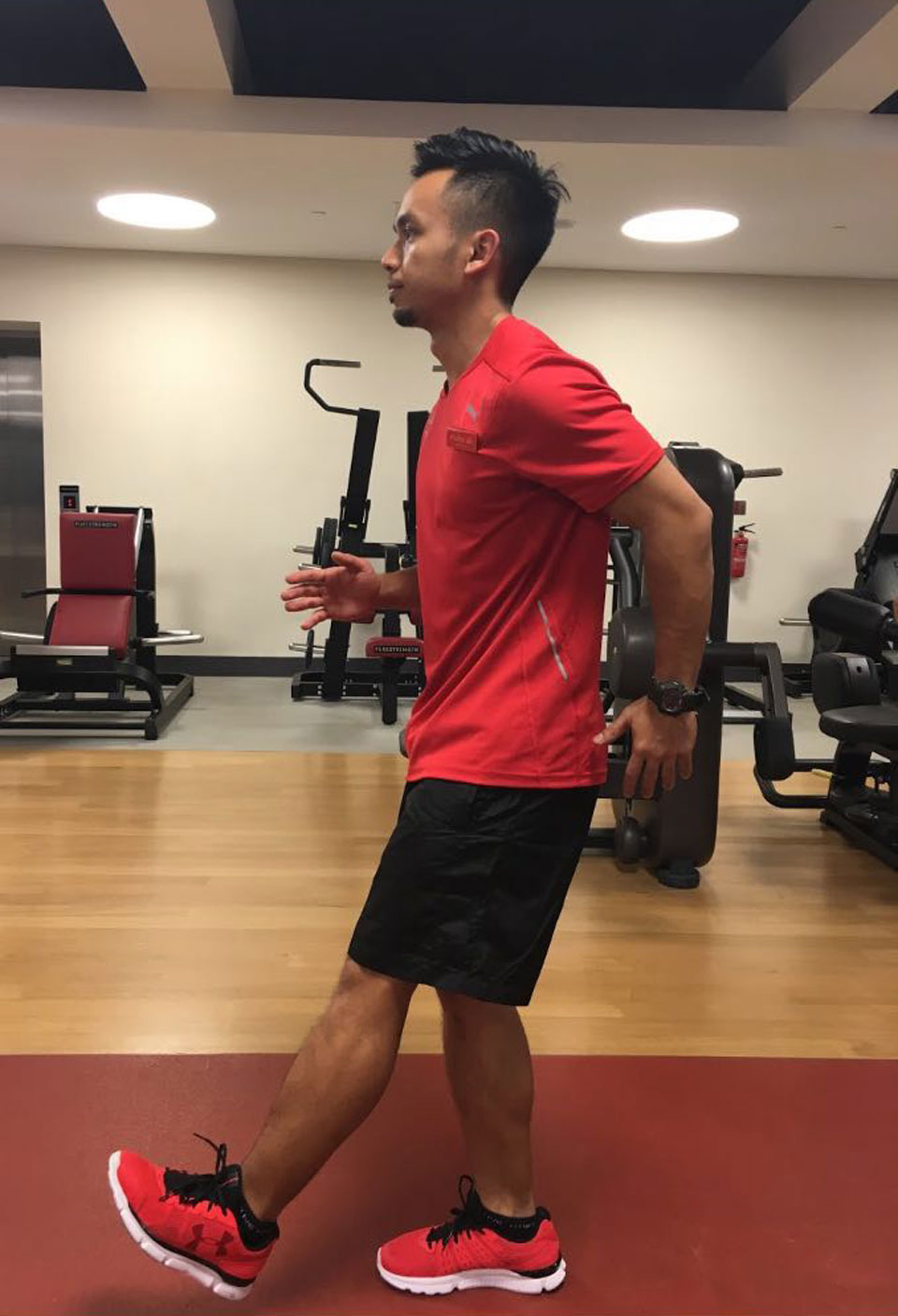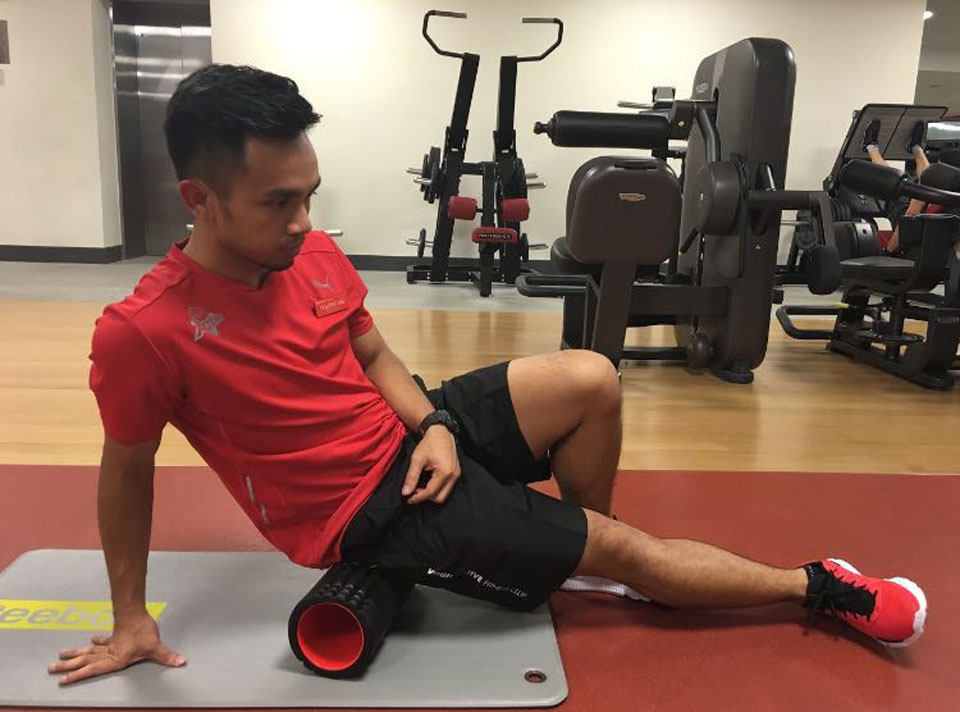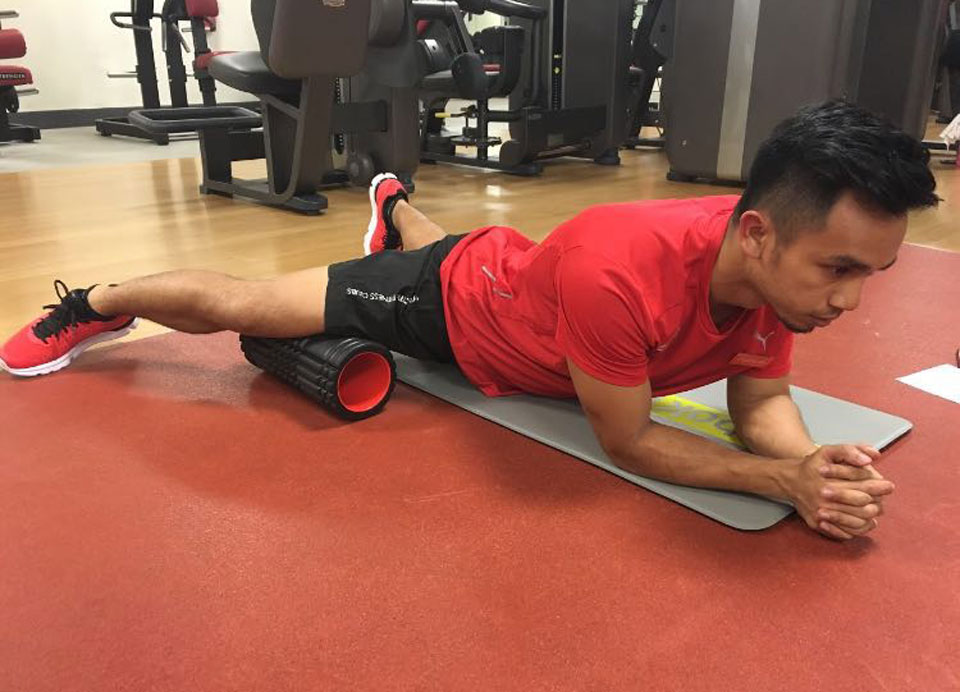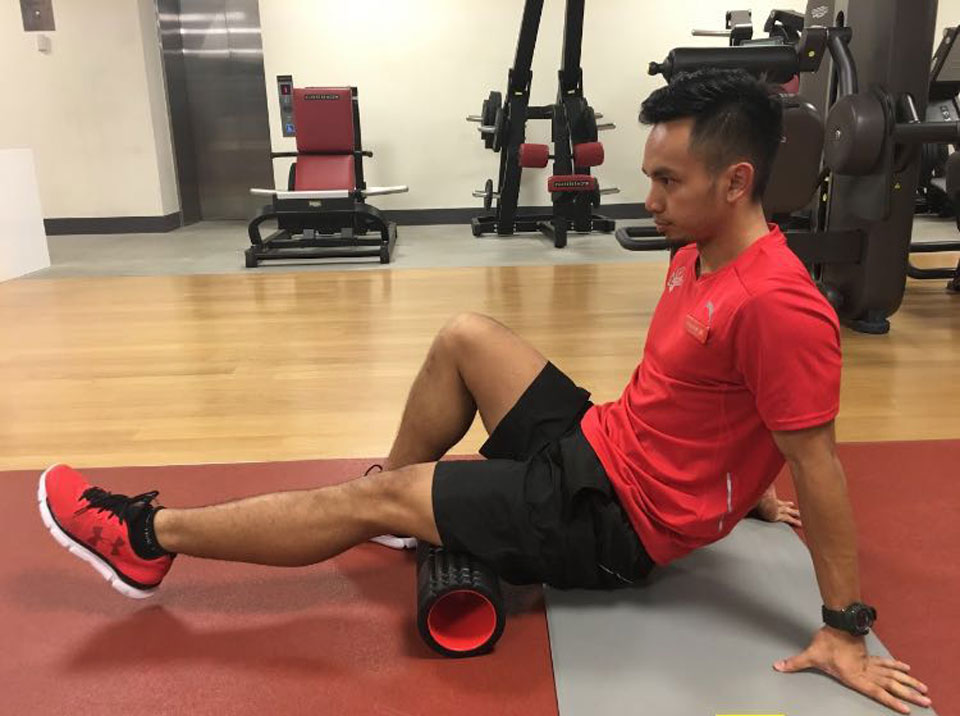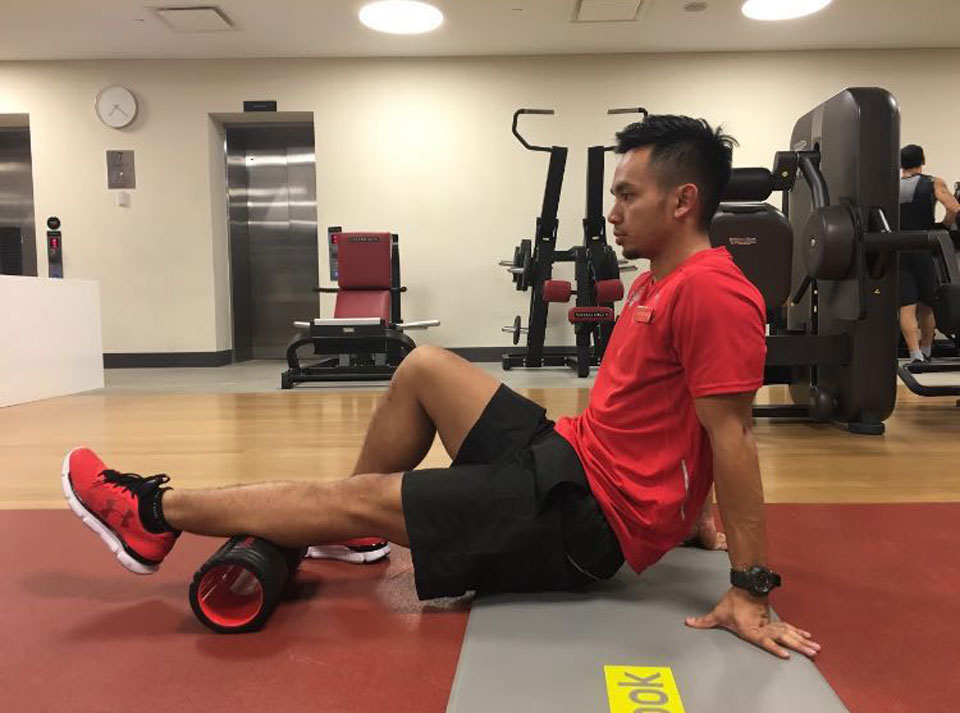Say you leave a big, thick rubber band in a fridge, for a couple of hours. Now say, you take it out and start yanking on it. It wouldn’t come as a surprise when it snaps and you find yourself squeezing your eyes shut, like that’s somehow going to lower the chances of an impending piece of rubber hitting your face. As ridiculous as you now feel, there’s a key takeaway here. Your muscles function the exact same way.
Your body goes into defense mode, as the muscle spindles are not braced for the rapid changes in length. It won’t literally snap, but it sounds painful already, doesn’t it? The spindles attempt to resist the change in muscle length, by causing the muscle to shorten instead of lengthening. Imagine pulling both ends of the rubber band and at the same time, have the band pulled away from you. Exactly. Ouch.
While most of us stretch before a run or exercise, some of us, are unfortunately, doing it wrong. Most of the studies done on the effects of static stretches, pre-exercise, show impairment in strength and power.
This phenomenon is called “stretch-induced strength loss”. The main reason why this happens, is still unclear. Although some may suggest neural factors for causing it. So, what would be the ideal way to warm up before a run then?
Dynamic warm–ups allow you to gently stretch your muscles to prepare for the work that it is going to be put through. Here are some dynamic stretches that you could use prior to your runs, to keep those muscles intact and functioning at their best.
1. Straight Leg Raises
Bend one leg. Keep your core tight and raise straightened leg to get the hamstring stretch. Your core should be tight during the movement as well.
2. Lunges
Lunges are great to fire up the quads. Make sure you drive from your heels.
3. Leg Swings
This exercise best simulates the movement patterns of a run. Keep your core tight and squeeze your glutes as your legs extend.
4. Straight Leg Shuffles
The hip flexors are one of the more neglected muscles during a warm-up. Keep core tight and legs straight. Lead with the heels.
5. Swing Through Forward Skip
This is a progression from the Leg swings warm up.
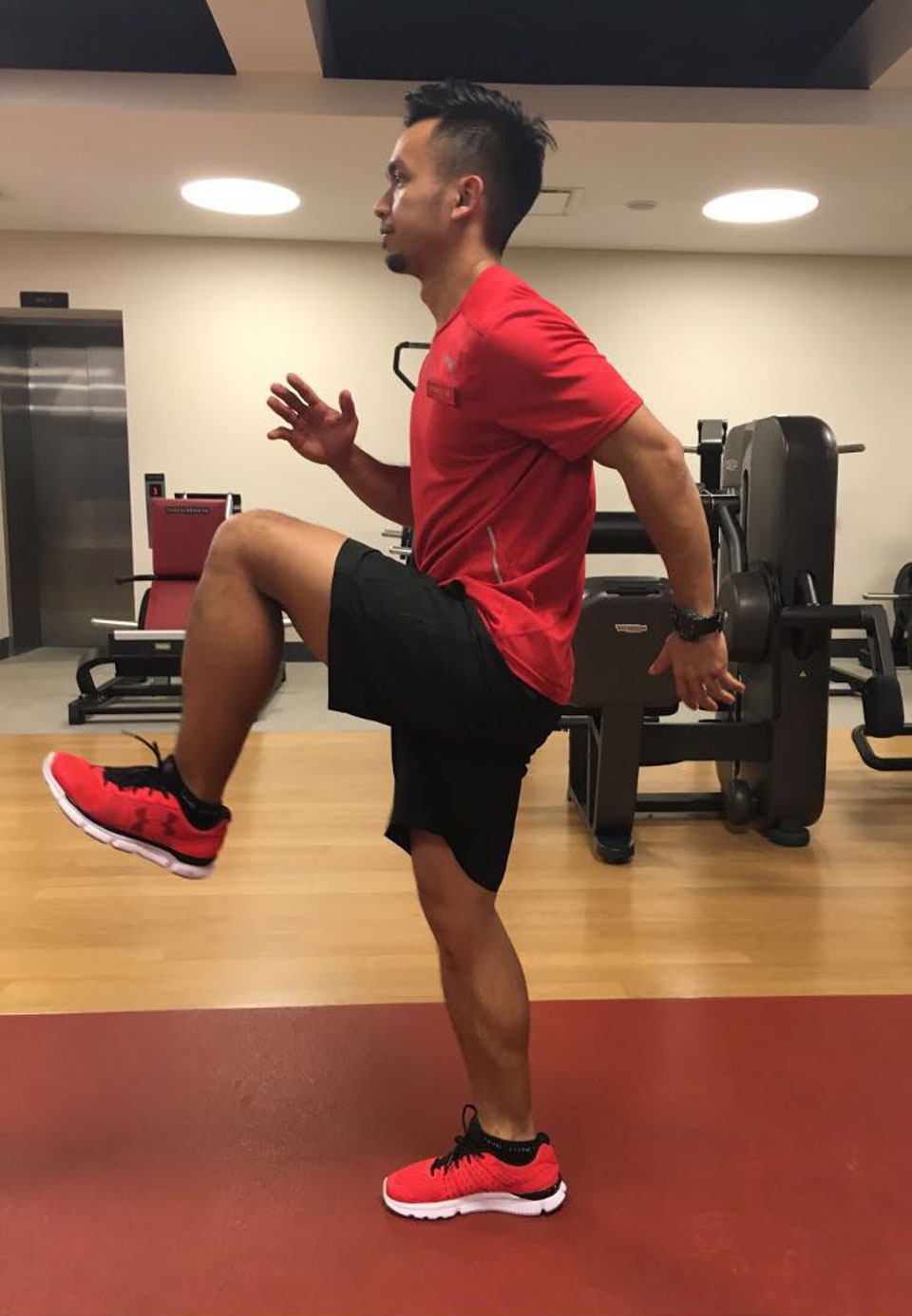
People often say, “There’s a huge knot in my back”, or “Help me press that tight spot in my neck”. These knots are muscle fibres that have gotten stuck together. When there is a lack of movement, the muscles become less mobile and then begin adhere to each other, creating that uncomfortable, incredibly detestable, knot. So, how do we get rid of these knots properly on your own?
Two words. Foam rolling.
Foam rolling can assist in breaking up muscle knots, to ensure normal blood flow and optimal muscle function. It is essentially, self-massage with the advantage of you being able to control the amount of pressure you apply. By putting pressure on the ‘knots’, from a neural perspective, the Golgi Tendon Organ sends signals to the muscle spindles to relax.. Try these foam rolling exercises to help you break up those pesky, bothersome knots.
There are 2 main movements in foam rolling, Cross Friction and Spanning. These movements help to facilitate the removal of knots by exposing a larger region of the targeted areas.
Cross Friction – Its purpose is to maintain mobility within the soft tissue structures, in particular, the muscles. This helps remove any scarring and knots within the tissue. Pressure is applied to the targeted area and is rubbed until any pain and discomfort is dissipated.
Spanning – Here, the pressure is applied at a 90-degree direction. Spanning helps open up the muscle fibres as the pressure is applied perpendicularly, right across the muscle fibres themselves.
1. Glutes Roll
Position the top of your glutes on the foam roller. Lean slightly onto the leg that you are working on and roll down towards the crease where your glutes meet your hamstrings. Repeat the exercise 4 times ,followed by cross friction of the area 6 times.
2. Adductors
Position yourself with one knee raised to your side. Place the foam roller on the inside of your thigh. Roll down from the mid-thigh towards the top of the knee. Repeat this 4 times, followed by cross friction 6 times.
Interested in learning the right techniques to Foam Rolling? Virgin Active Raffles Place offers Stretch & Roll classes three times a week. Book a free tour and get a free gift worth S$39.95* here!
3. Hamstrings
Sit on the roller with one leg extended. Have your arms resting behind you and lean slightly onto the extended leg. Roll from the base of the hamstring (where your hamstring meets your calves), to middle of your hamstrings. Repeat this 4 times. Span 6 times at the middle of the hamstrings and repeat the exercise to the base of your glutes. Span again at the top of the hamstrings.
4. Calves
This is set up in the same way as the hamstring roll. Bear in mind, that you should avoid rolling on the Achilles tendons. Begin the roll from the region where your calves meets the Achilles tendon and roll towards the middle belly. Repeat this 4 times and span 6 times at the middle belly. Roll up slightly below the back of the knee 4 times and span 6 times.
Interested in learning the right techniques to Foam Rolling? Virgin Active Raffles Place offers Stretch & Roll classes three times a week. Book a free tour and get a free gift worth S$39.95* here!
So, which is better? They both sound pretty great don’t they? Well, the best thing you could do, is to do both. Going back to the rubber band, imagine it is now entangled with knots. As we pull the band more, the knots begin to get tighter. That happens to your muscles when you do not get rid of the knots quickly. In other words, knots equal lesser flexibility, which translates to greater injury risks.
Foam rolling will complement dynamic warm ups, as it allows for a greater fluidity in movement, without restriction, all the while priming your muscles for top quality movement and performance.
Like with all good things in life, remember not to overdo it! Using the foam roller too much will leave your muscles too relaxed. Now we know that sounds pretty amazing, but it’s just not ideal for a run!
*Terms and conditions apply
All photos are contributed by Virgin Active Fitness Clubs.


